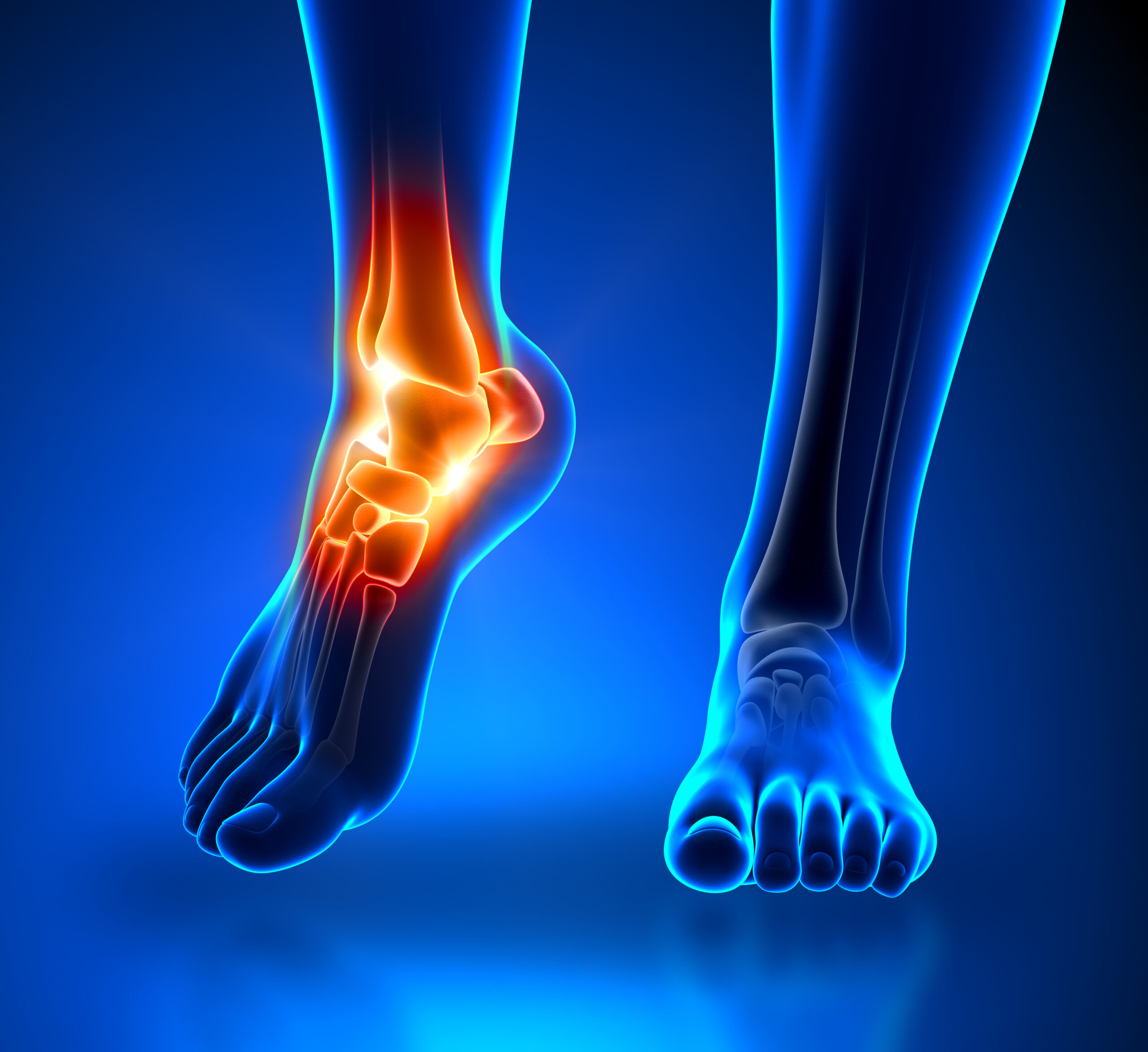Topics of interest in foot and ankle surgery, including hallux valgus recurrence, simultaneous vs. sequential total ankle arthroplasty (TAA), and more, are featured in the new JBJS Guest Editorial What’s New in Foot and Ankle Surgery. Here, we highlight the 5 most impactful studies, as selected by co-author Walter C. Hembree, MD.
Forefoot
To examine the effect of subjective assumptions in clinical trial design, 3 alternative assumptions in the definition of surgical success were applied to the results of the MOTION trial, which compared the Cartiva implant (Stryker) with arthrodesis. The alternative assumptions involved using pain threshold modeling, defining painless pseudarthrosis as a success, and not equating implant removal with complete revision. Analyzing the trial data in the context of any of the 3 alternative assumptions or applying a more rigorous but commonly used 10% noninferiority margin reversed the published finding regarding the noninferiority of the implant1.
A retrospective study of 269 feet (185 patients) treated for hallux valgus with a distal chevron metatarsal osteotomy found no association between hallux valgus recurrence and the postoperative sesamoid position on radiographs. At a mean follow up of 2.8 years, the recurrence rate was 7.5% in the group with sesamoid reduction and 18.9% in the group without. The hallux valgus angle and intermetatarsal angle worsened over time in both groups2.
Ankle and Hindfoot
A study published in JBJS compared outcomes between a cohort of 25 patients who underwent bilateral simultaneous TAA and a cohort of 25 patients who underwent bilateral sequential TAA at least 3 months apart. No differences were observed between the cohorts with respect to patient-reported outcomes, complications, reoperations, or failure-free survival (100% in both groups) at a mean follow-up of 4.4 years3. As noted by Guest Editorial authors Dr. Hembree et al., “Positive outcomes were achieved in the bilateral simultaneous TAA group despite immediate weight-bearing on the implants. The study may provide support for early weight-bearing after TAA in general.”
Trauma
A retrospective review examined the impact of chronic kidney disease on clinical outcomes following operative and nonoperative treatment for torsional ankle fractures. The study cohort comprised 68 patients with chronic kidney disease and 68 patients without. The group with chronic kidney disease had a greater likelihood of undergoing unplanned arthrodesis and were nearly 4 times more likely to experience any complication than the group without chronic kidney disease4.
In a randomized controlled trial published in JBJS, outcomes following nonoperative treatment of Weber B ankle fractures that had stable weight-bearing ankle radiographs were compared between a group with stable gravity stress tests (88 patients) and a group with unstable gravity stress tests (61 patients). At the 2-year follow-up, the between-group difference in the Manchester-Oxford Foot and Ankle Questionnaire score was 1.0, which fell within the predefined noninferiority margin of 7.5 points5. “The results suggested that, if a weight-bearing radiograph shows no talar shift, ankles may be successfully treated nonoperatively without further stress views,” write Dr. Hembree et al.
What’s New in Foot and Ankle Surgery is freely available at JBJS.org.
What’s New by Subspecialty
Each month, JBJS publishes a review of the most pertinent studies from the orthopaedic literature in a select subspecialty. To read the reports, visit the What’s New by Subspecialty collection at JBJS.org.
Recent OrthoBuzz posts include: What’s New in Sports Medicine, What’s New in Hand Surgery, and What’s New in Pediatric Orthopaedics.
References
- Guyton GP. Philosophies of surgical care are embedded in outcome studies: an illustrative reanalysis of the Cartiva MOTION trial. Foot Ankle Int. 2022 Oct;43(10):1364-9.
- Kim TH, Choi YR, Lee HS, Bak GG, Moon SH. Relationship between hallux valgus recurrence and sesamoid position on anteroposterior standing radiographs after distal chevron metatarsal osteotomy. Foot Ankle Int. 2023 Feb;44(2):130-8.
- Fletcher AN, Johnson LG, Easley ME, Nunley JA, DeOrio JK. Clinical outcomes and complications of simultaneous or sequential bilateral total ankle arthroplasty: a single-center comparative cohort study. J Bone Joint Surg Am. 2022 Oct 5;104(19):1712-21.
- Sinkler MA, Pennacchio CA, Kotchman HM, Vallier HA. Association of chronic kidney disease and complications following acute torsional ankle fracture. Foot Ankle Int. 2022 Dec;43(12):1569-76.
- Gregersen MG, Robinson HS, Molund M. Concomitant unstable and stable gravity stress tests on weight-bearing stable Weber B ankle fractures treated nonoperatively: a 2-year outcome study. J Bone Joint Surg Am. 2023 Sep 20;105(18):1435-41.



